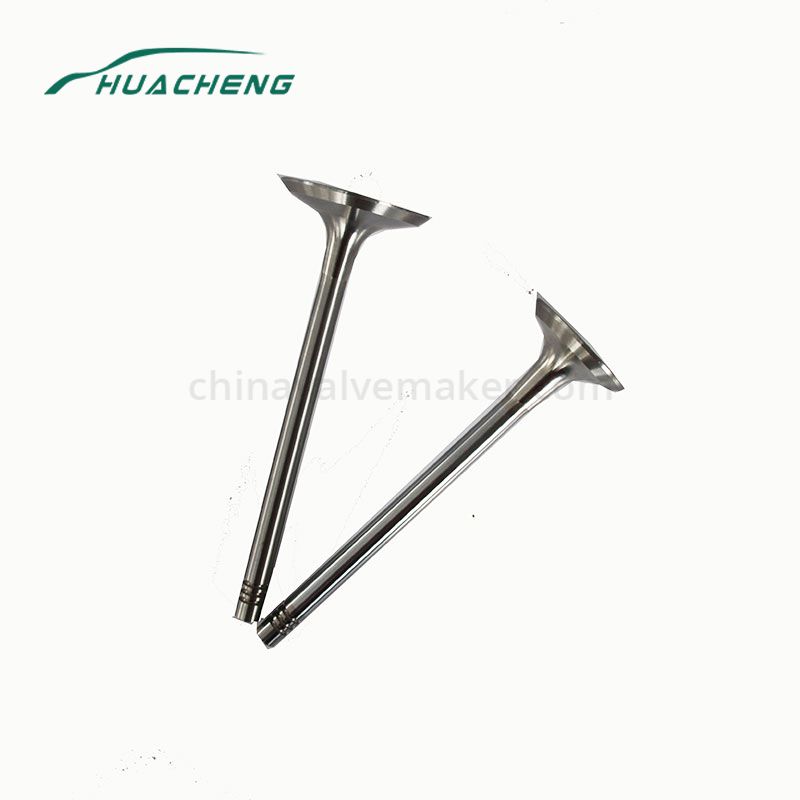Gas enters and leaves the combustion chamber through a channel called a port in the cylinder head. The flow of gas is controlled by valves. There are two sets of valves - one for controlling intake and one for venting. Minimum resistance to airflow is required when the valve is open and a tight seal is required when the valve is closed.
During the intake stroke, the intake valve will open and a mixture of air and fuel can enter. The valve will then be closed so that the mixture can be compressed and burned, and the exhaust valve opened during the exhaust stroke so that the burning mixture can be discharged through the upward movement of the piston.
The valves are controlled by a camshaft that opens each valve either directly or through a connecting rod at the correct time. The valve must be synchronized with the piston to open and close at the correct time of piston stroke. A timing belt or chain runs between the crankshaft and camshaft, binding them together and keeping them in sync.

The valve assembly
Early engines experimented with various valve designs, but for more than 100 years, car engines used the same design: lift valves.
Each valve is located in a round hole formed at the top of the combustion chamber. When closed, there is a tight seal between the valve and its pressurized surface, the seat. The valve is kept closed by the valve spring, which pushes up against the disc fixed to the stem, called stop actuator.
The pressure that forces the exhaust out is stronger than the vacuum that sucks in the air and fuel. It is much easier to blow with pressure than to inhale through a vacuum. You can try to breathe through a straw on your own. It takes longer to fill your lungs than to empty them. This means that the exhaust is easier to move, so the intake valve is larger (or more) than the intake valve, providing a larger area for the intake flow.
Valve guide
The valve passes through a hole in the end which is lined with a precision milling pipe called a valve guide. The valve guide is mounted very tightly around the valve stem to prevent any lateral movement or shaking. Tight fit means that the face of the valve is in full alignment with the seat.
This tight clearance prevents oil from leaking into the orifice and also helps prevent pressure gas from entering the cylinder head through the valve stem.
The valve guide is further sealed with a valve stem seal, which is essentially an o-ring that seals the valve stem and prevents excess oil and gas from entering the port through the valve guide. Some oil is needed in the valve guide to prevent wear and to ensure smooth operation.
The above information is provided by machinery intake valve manufacturer.
Previous: How To Clean Car Mats?
Next: How To Clean Car Mats?
Copyright:@2020-2021
Comments Please sign in or sign up to post.
0
0 of 500 characters used